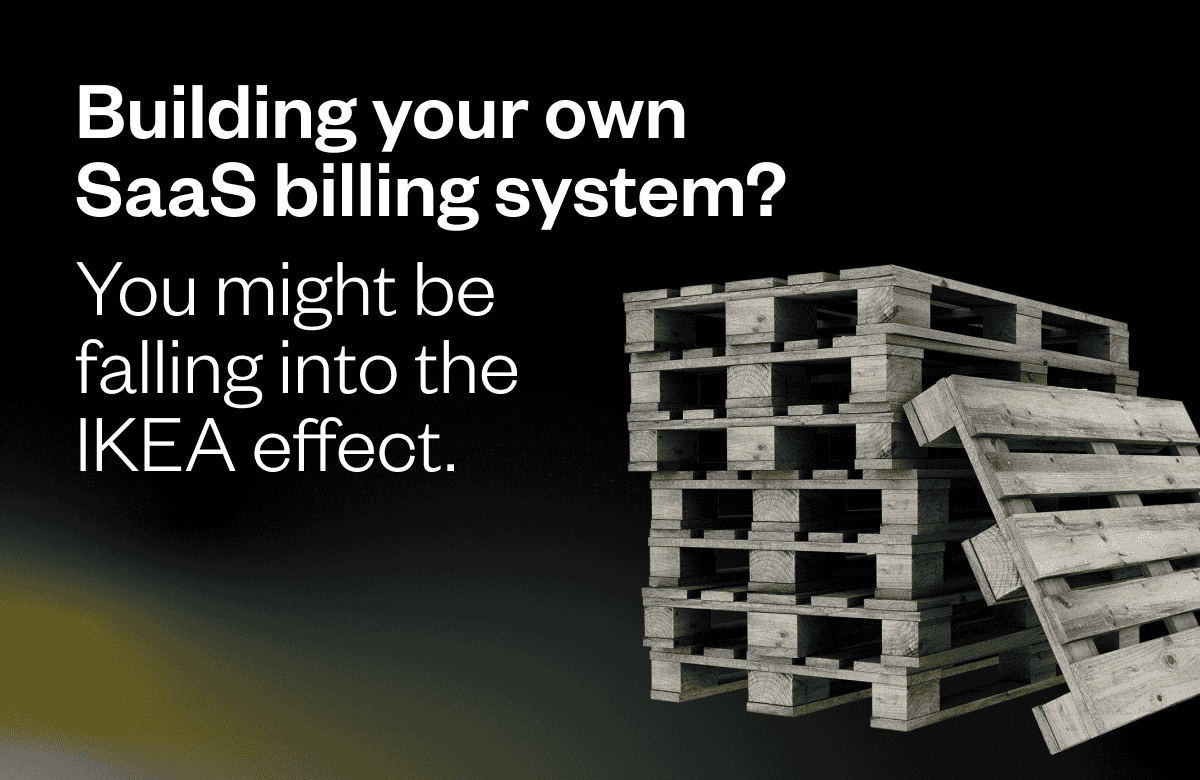Monetization is a hot topic right now. Macroeconomic conditions are driving companies to diversify their revenue streams, and for SaaS businesses that means looking beyond traditional subscription models and leaning into options such as usage-based pricing.
Speaking at SaaStock a couple days ago, though, I was reminded that monetization means different things at different stages of a company’s growth cycle. And that, in turn, means the tools companies need to do monetization right also evolve over time.
As you build out the financial operations (FinOps) infrastructure required to support critical functions—including billing, revenue management, and reporting—it’s vital to remember that businesses grow and evolve. Finding the right FinOps solution means striking the right balance between stability, flexibility, and cost while also ensuring your infrastructure is built to support both your company’s current stage of maturity and the directions in which it is growing and evolving.
The changing face of FinOps
With the right FinOps platform, you’ll be able to quickly answer important business questions such as “Who are our ideal customers?” and “How much does it cost to acquire them?” no matter how much your monetization strategy evolves.
For many years, companies relied on spreadsheets for their financial operations needs—at least until they grew enough to adopt an enterprise resource planning (ERP) solution. Over the past decade, though, we’ve seen a shift away from financial suites and toward stack-based approaches leveraging portfolios of specialized solutions from smaller providers.
That stack-based approach can be highly effective. Traditional financial suites weren’t built for agility, so integrating high-quality tools from smaller providers can help SaaS companies to stay nimble while keeping costs low.
That’s a vital capability for today’s SaaS companies as they evolve their monetization strategies to stay competitive and drive expansion. But there are risks involved: a piecemeal FinOps tech stack can get bloated, messy, and hard to maintain. Lots of financial services tech works fine on its own, but lacks the consistent data layer required to build a cohesive unified offering.
Catch the service bus
To address this, it’s useful to put a service bus architecture (SBA) at the core of your future FinOps stack. The core concept of a SBA is that you integrate different applications by putting a communication bus between them, then enabling each application to talk to the bus.
This might sound like an additional layer of complexity, but by decoupling systems you allow them to communicate without growing dependent on one another. Instead of brittle point-to-point integration, which creates the need for fragmented code sprawling across different applications, an SBA lets you centralize the integration process, and remain much more flexible while still capturing the benefits of a stack-based approach.
The key, of course, is building out this kind of robust, adaptable infrastructure before you need it. With a well-designed FinOps stack, you can evolve your financial operations to support subsequent inflection points and stages of growth before they happen—and develop the agility you need to react quickly to changing market conditions.
How do your financial operations stack up?
Finding the right balance of tech to support your monetization strategy based on your current growth stage is mission-critical for today’s SaaS providers. Ultimately, you’ll need a specialized tech stack, not a rigid suite, to enable flexible GTM strategizing and rapid responses to changes in the market you serve.
That means finding ways to beat the bloat and forge a truly balanced and scalable FinOps stack that grows alongside your business. Today’s SaaS companies can’t afford to settle for a FinOps system narrowly tailored to their current needs. They need a FinOps architecture that’s adaptable enough to let them skate to where the puck is going to be.
At Maxio, we’re building just that: a scalable, resilient, and—above all—flexibleFinOps ecosystem that’s built from the ground up to put SaaS businesses in control of their growth. Get in touch to learn more about how we’re enabling growth for the next generation of SaaS businesses.



